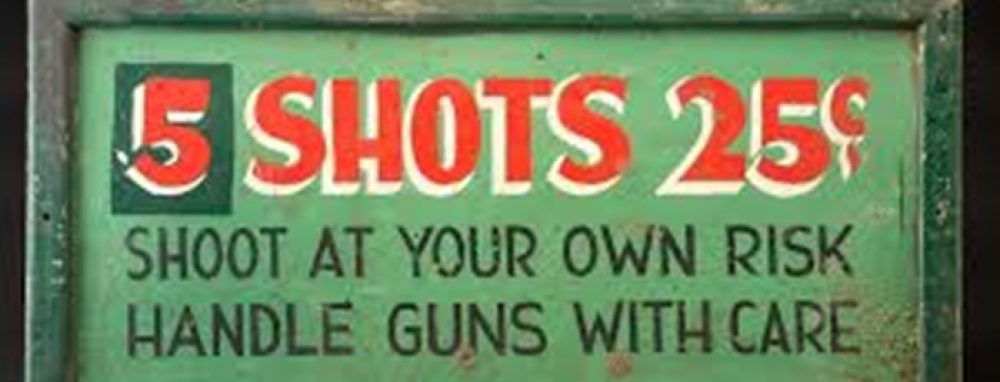When we talk about the risk of guns, why do we use the term ‘gun violence’ and where did it come from? In fact, this whole business started back in 1979 when the CDC decided that violence was a public health issue. Medicine had long since recognized that violent behavior was a threat to health simply because violence creates injuries, and an injury is usually a problem that brings the victim to the attention of the medical community, with more than 37 million people being treated for injuries each year in emergency rooms.
But what made violence not just a health issue but a public health issue was the awareness that certain forms of violence, in particular homicide and suicide, were consistently among the 15 leading causes of death in the United States. And in addition to overall numbers, these types of violent deaths were also concentrated in certain environments, as well as increasing dramatically in specific demographics; e.g., a 154% increase in homicide rates of 15 – 19 year-old males from 1985 to 1991. And once medicine decided that we needed to address violence the way we successfully addressed other public health threats such as polio, typhus and tuberculosis, then researchers began looking for causes which would the lead to pro-active measures to reverse and hopefully eliminate violence as a medical condition or disease.
When medicine began to focus on violence as a public health issue, it wasn’t difficult to make the connection between violence and guns, for the simple reason that roughly 60% of all homicides have been committed with guns every year since 1981. Since that date we have experienced 689,000 murders in this country, of which 460,000 have been deaths intentionally caused by guns. During that same 35-year period, England experienced somewhere less than 20,000 homicide deaths – talk about American exceptionalism!
By the way, the CDC didn’t come up with the definition of violence by pulling the veritable rabbit out of the veritable hat. In fact, their definition comes right from the Magna Carta of medical definitions, a.k.a. the World Health Organization, which defines violence as “the intentional use of physical force or power, threatened or actual, against oneself, another person, or against a group or community, which either results in or has a high likelihood of resulting in injury, death, psychological harm, maldevelopment, or deprivation.” And this definition, copied by the CDC, also includes suicide, of which roughly half of all suicides in the U.S. are committed with guns.
Given the above, it’s clear that from a medical point of view, the gun violence prevention (GVP) community stands on pretty firm ground when they invoke the phrase ‘gun violence’ to argue about the risks and dangers represented by guns. The problem arises, however, when GVP goes beyond its own committed band of supporters and uses that kind of terminology when talking with non-advocates about the risks and dangers of guns. Because the NRA has done one heckuva job convincing not their own membership (who don’t need convincing, which is why they’re members of the NRA, duhhhh) but convincing Mr. and Ms. John Q. Public that even if guns are sometimes used in illegal or inappropriate ways, the positives of firearm ownership, in particular protection from crime, far outweigh the negatives in every respect. The idiot who represents the 27th C.D. in New York probably wouldn’t have been so quick to brag about how he’s going to ‘always’ carry a gun if public opinion polls didn’t show that a strong majority believed that having a gun makes you safe.
I’m not saying that GVP should drop the reference to ‘violence’ when they try to reach out beyond their own committed constituencies to discuss what to do about guns. What I am saying is that perhaps we need to make it clear that concerns about ‘gun violence’ aren’t based on value judgements about how people choose to live. They are based on the same concerns that medicine has raised about violence as a health threat, an issue about which there is no disagreement at all.

Normalized to the same population as the US, the UK would have a little under 100,000 homicides to our 700,000 since 1981. A factor of 7 is significant.